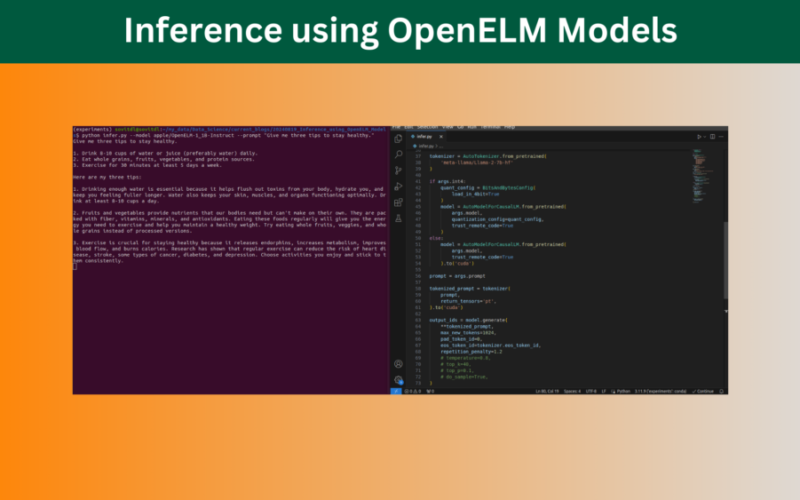Procedure in PLSQL
In PL/SQL, a procedure is a subprogram that performs a specific task and can be called to execute its statements. Procedures can take parameters (inputs and outputs) and are typically used to encapsulate and organize code to perform a specific action, but they do not return values directly like functions.
Here’s a basic overview of a procedure:
Syntax:
CREATE OR REPLACE PROCEDURE procedure_name
(
parameter_name [IN | OUT | IN OUT] datatype
)
IS
-- Declaration section
BEGIN
-- Executable section
-- Code to perform some action
END procedure_name;
IN: Used to pass values into the procedure.
OUT: Used to return values from the procedure.
IN OUT: Used to pass values into the procedure
and return updated values.
Benefits of Using Procedures:
Code Reusability: Procedures can be reused in multiple places.
Encapsulation: Procedures help in organizing code by encapsulating the logic into manageable chunks.
Maintainability: Easier to maintain and update, as changing the procedure updates the logic everywhere it’s called.
Let’s create a procedure that inserts data into an employees table. We’ll assume the following structure for the table:
Employees Table:
CREATE TABLE employees (
emp_id NUMBER(5) PRIMARY KEY,
emp_name VARCHAR2(50),
salary NUMBER(10, 2),
dept_id NUMBER(5)
);
Procedure to Insert Data:
This procedure will take in the employee’s ID, name, salary, and department ID as parameters and insert them into the employees table.
Example of the Procedure:
CREATE OR REPLACE PROCEDURE add_employee (
p_emp_id IN NUMBER,
p_emp_name IN VARCHAR2,
p_salary IN NUMBER,
p_dept_id IN NUMBER
)
IS
BEGIN
-- Check if employee ID already exists
IF NOT EXISTS (SELECT 1 FROM employees WHERE emp_id = p_emp_id) THEN
-- Insert new employee record
INSERT INTO employees (emp_id, emp_name, salary, dept_id)
VALUES (p_emp_id, p_emp_name, p_salary, p_dept_id);
-- Commit the transaction
COMMIT;
ELSE
-- Raise an error if the employee ID already exists
RAISE_APPLICATION_ERROR(-20002, 'Employee ID already exists!');
END IF;
END add_employee;
Explanation:
Procedure Name: add_employee
Parameters:
p_emp_id: Employee’s ID.
p_emp_name: Employee’s name.
p_salary: Employee’s salary.
p_dept_id: Department ID the employee belongs to.
Logic:
- The procedure first checks if the emp_id already exists in the employees table.
- If the ID does not exist, it inserts a new employee record.
- If the ID already exists, it raises an error.
Calling the Procedure:
To add an employee to the table, you can call the procedure as follows:
BEGIN
add_employee(101, 'John Doe', 60000, 10);
END;
This will insert a new employee record with:
Employee ID: 101
Employee Name: John Doe
Salary: 60000
Department ID: 10
Handling Duplicate Employee ID:
If you try to insert another employee with the same ID (e.g., 101), the procedure will raise the following error:
ORA-20002: Employee ID already exists!
This ensures that no duplicate employee records are inserted into the table.
Source link
lol

